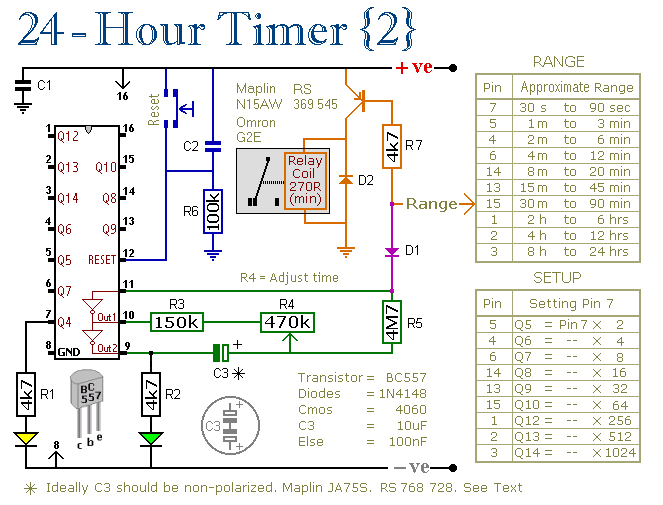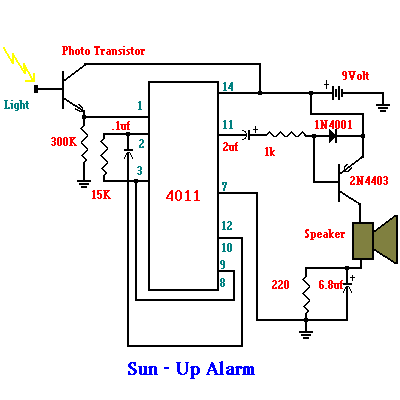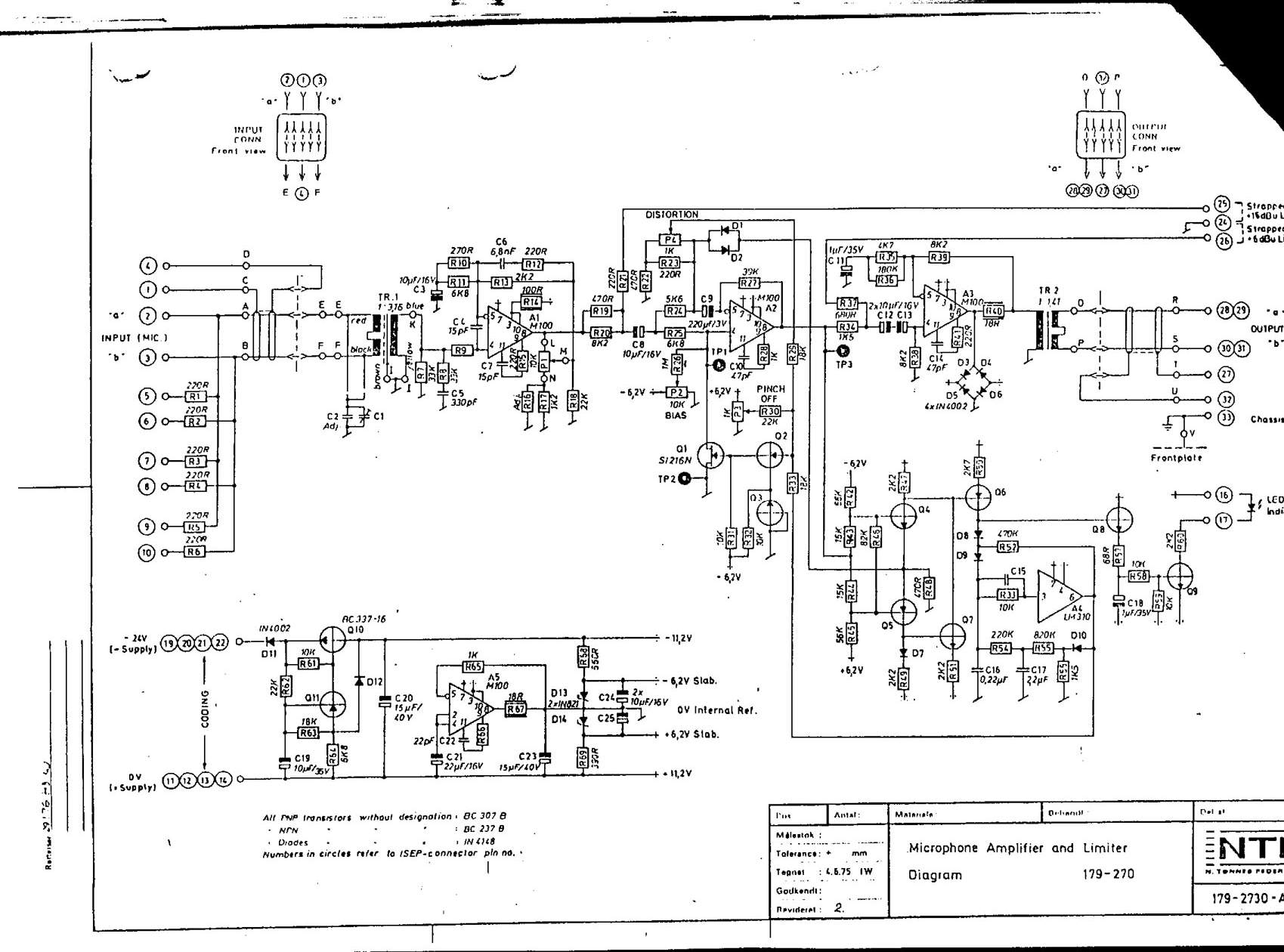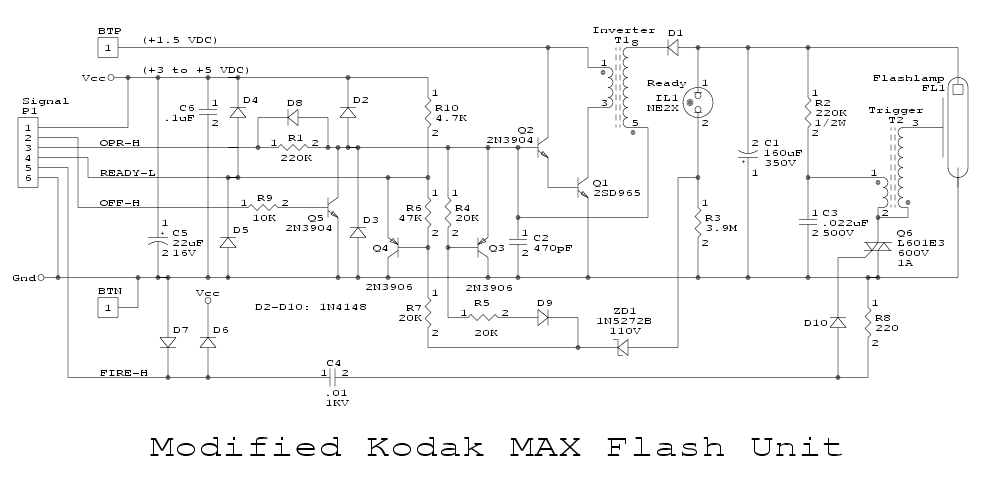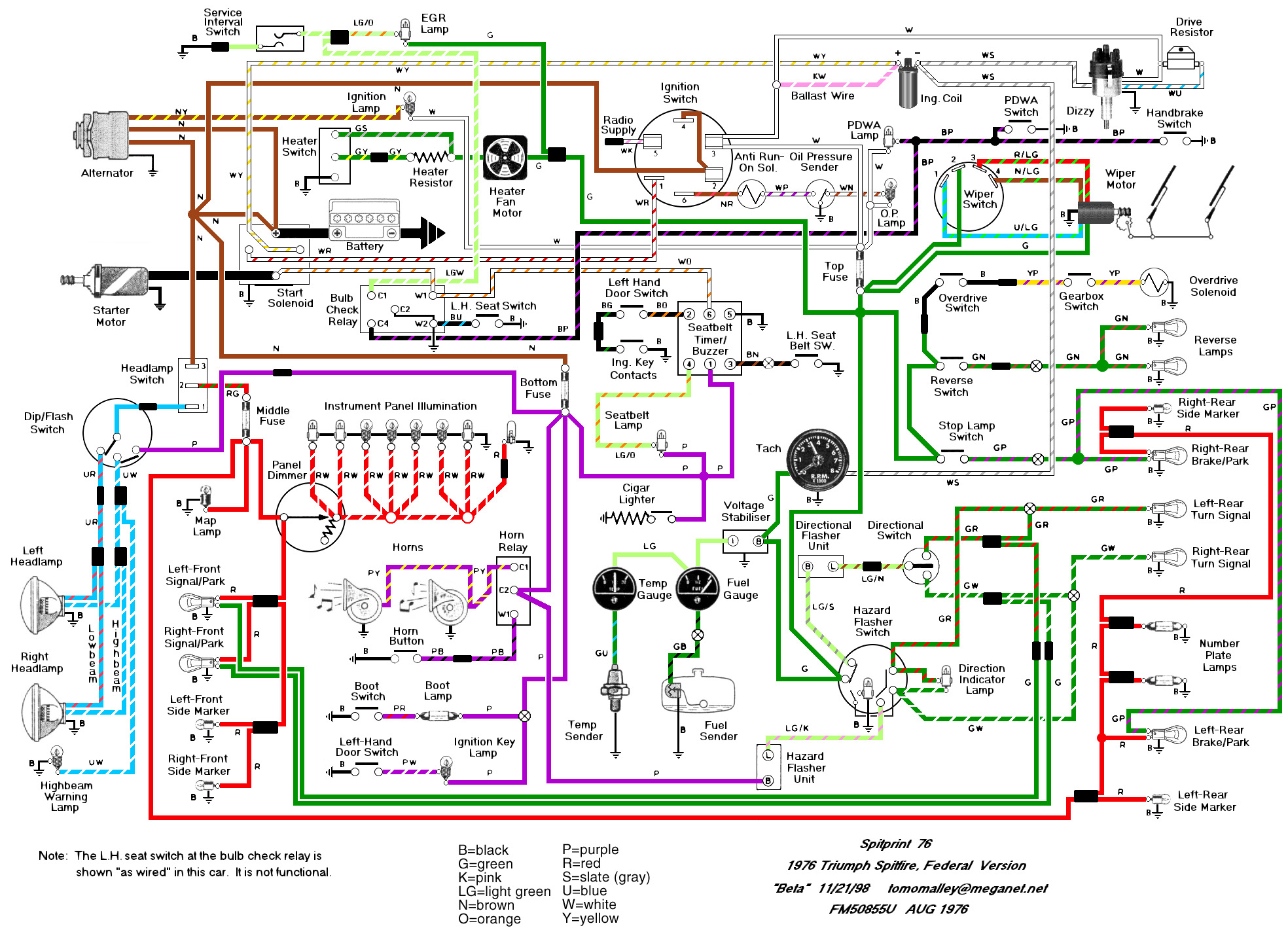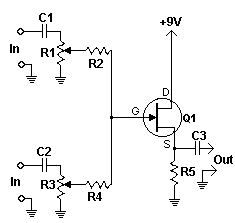
spi schematics
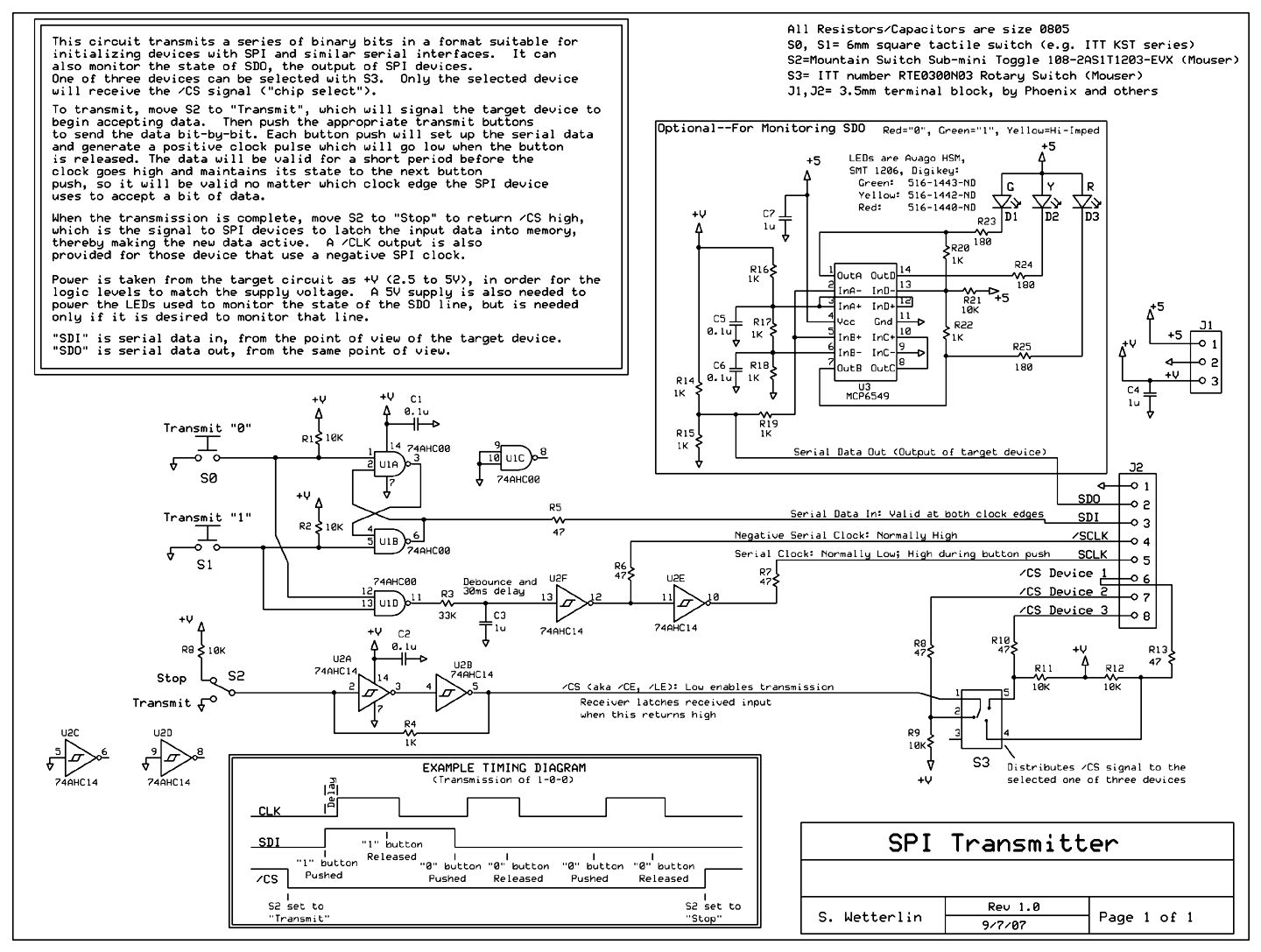
Schematic for the SPI Supplies Faraday Cup. This document provides a detailed examination of the diagrams for the SPI Supplies stand-alone Faraday Cup, which is utilized for calibrating beam currents in wavelength dispersive electron microprobes, as well as interfacing with Atmel AVR and 8051 series ISP.
The schematic for the SPI Supplies Faraday Cup is designed to facilitate accurate measurements of electron beam currents, a critical parameter in electron microprobe applications. The Faraday Cup operates by capturing electrons emitted from a beam, allowing for precise current measurements that are essential for calibrating the system's performance.
The design includes several key components: a conductive cup that collects the electrons, a current amplifier to enhance the signal for measurement, and a digital interface for data logging and processing. The Faraday Cup is connected to a power supply that ensures proper operation of the current amplifier, and the output is routed to a microcontroller, which may be an Atmel AVR or a device from the 8051 series. This microcontroller processes the captured data and interfaces with other system components, allowing for real-time monitoring and adjustments based on the measured current.
The schematic should also include details on the power supply requirements, typical voltage levels, and the connections for the input and output signals. Proper grounding and shielding techniques are essential to minimize noise and ensure accurate measurements. Additionally, provisions for calibration and maintenance should be indicated to support the longevity and reliability of the device in various operational environments.
Overall, the schematic provides a comprehensive guide for assembling and utilizing the SPI Supplies Faraday Cup, ensuring that users can achieve high precision in their electron microprobe measurements.Schematic for the SPI Supplies Faraday Cup Take a detailed look at the diagrams for the SPI Supplies stand-alone Faraday Cup for calibrating beam currents in wavelength dispersive electron microprobes and . -> Atmel AVR and 8051 series ISP.. 🔗 External reference
The schematic for the SPI Supplies Faraday Cup is designed to facilitate accurate measurements of electron beam currents, a critical parameter in electron microprobe applications. The Faraday Cup operates by capturing electrons emitted from a beam, allowing for precise current measurements that are essential for calibrating the system's performance.
The design includes several key components: a conductive cup that collects the electrons, a current amplifier to enhance the signal for measurement, and a digital interface for data logging and processing. The Faraday Cup is connected to a power supply that ensures proper operation of the current amplifier, and the output is routed to a microcontroller, which may be an Atmel AVR or a device from the 8051 series. This microcontroller processes the captured data and interfaces with other system components, allowing for real-time monitoring and adjustments based on the measured current.
The schematic should also include details on the power supply requirements, typical voltage levels, and the connections for the input and output signals. Proper grounding and shielding techniques are essential to minimize noise and ensure accurate measurements. Additionally, provisions for calibration and maintenance should be indicated to support the longevity and reliability of the device in various operational environments.
Overall, the schematic provides a comprehensive guide for assembling and utilizing the SPI Supplies Faraday Cup, ensuring that users can achieve high precision in their electron microprobe measurements.Schematic for the SPI Supplies Faraday Cup Take a detailed look at the diagrams for the SPI Supplies stand-alone Faraday Cup for calibrating beam currents in wavelength dispersive electron microprobes and . -> Atmel AVR and 8051 series ISP.. 🔗 External reference
